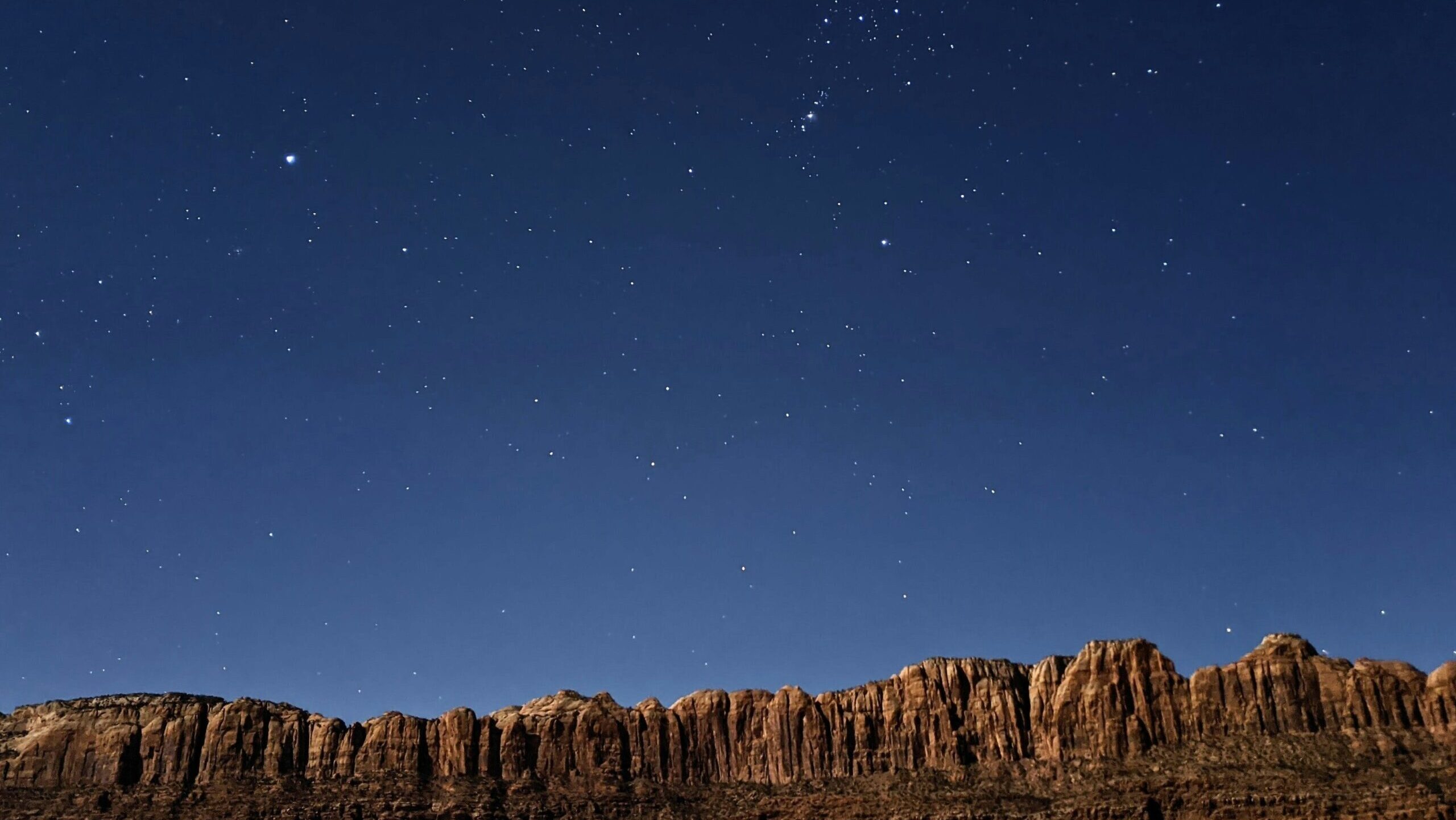Some information may be outdated.
The Utah Diné Bikéyah’s Traditional Foods Program started with a potato.
In 2018, Cynthia Wilson, an Indigenous woman and master’s graduate from the University of Utah, helped rediscover and propagate the Four Corners potato, a small tuber the size of a penny that was a cornerstone in historic Indigenous diets. That same year, Wilson and the Diné Bikéyah hosted a four-course dinner made with ingredients native to the Southwest.
In 2020, Wilson undertook a project to create a seed bank: She launched the “Seeds and Sheep” program in May 2020, which delivered local seeds and Navajo-Churro sheep to Native families across the Four Corners.
Now, the Traditional Foods Program is run by Willson Atene, a member of the Navajo Nation. He’s ushering the program into its next phase: how to grow and maintain traditional seeds.
“It wasn’t until COVID hit that we, as a group of people, as a nation, as a community, started to realize that every household should have this traditional knowledge,” he said.
The Utah Diné Bikéyah is an Indigenous-led nonprofit dedicated to “healing of people and the Earth through supporting Indigenous communities and protecting their culturally significant, ancestral lands.” In addition to the Traditional Foods Program, the nonprofit also hosts an artist in residence each year for Indigenous artists and offers cultural sensitivity courses and trainings.
The Traditional Foods Program was founded by Cynthia Wilson with a mission to “practice dietetics that strengthens traditional food cultures and promotes Indigenous food preservation among Tribes living adjacent to the Bears Ears National Monument,” according to the program’s website. Atene said that while Wilson led the program from a nutritionist’s point of view—re-introducing traditional foods into diets—Atene wants to usher it into the revitalization phase, he said.
He’s doing this because the traditional foods that were gathered during the seed bank project, like wild parsley, wild onions, and Navajo carrots, aren’t commonly seen growing in the wild, he said.
“We have to find out why,” he said. “Why aren’t things re-growing? Is it because of overgrazing? Invasive species?”
He’s working with Utah Valley University’s biology department to research the seeds gathered during the seed bank project—he wants to determine the right conditions to make the seeds germinate, and stay alive until they produce food.
He hopes to eventually expand that research back into the Navajo Nation and offer education on the program in schools, to introduce local youth to the concept of food sovereignty.
“Traditional foods tell stories,” Atene said. “Especially stories of how much the environment has changed.”
The environmental history of the region reflects the history of Indigenous people as well, Atene said.
“We were put on reservations, in boarding schools, put through assimilation,” he said. “These plants and these animals were going through the same thing … invasive species are taking over, and they’re pushing Indigenous plants, and the native animals, out.”
The main challenges to growing seeds now, Atene said, are drought and lack of infrastructure. Even though most of the Indigenous seeds Atene works with are native to the region, they’re used to a lot more water: the West is currently experiencing one of its greatest droughts, and the heat, wind storms, and soil erosion aren’t helping either, he said. One of the goals of both the food program and the Diné Bikéyah nonprofit is combating climate change.
Plus, Atene has to be careful with which plants he puts together. Corn, especially, he has to be careful with, he said: native corn seeds have more recessive genes than the bigger, yellow corn seen in grocery stores today. If those species are planted together, yellow corn will take over.

Atene looks forward to the research, he said, and has bigger dreams for the program: he wants to create a farmers market, and start researching even more traditional agriculture practices like hunting and foraging. He enjoys being director of the program because he gets to nourish his academic passion—he’s studying environmental science—while also using food to tell the story of Indigenous people, he said.
“Cynthia built a really good legacy, and she’s left an everlasting footprint of her work,” Atene said. “I want to do exactly the same thing as her—I want to leave a footprint.”
Appreciate the coverage? Help keep local news alive.
Chip in to support the Moab Sun News.





